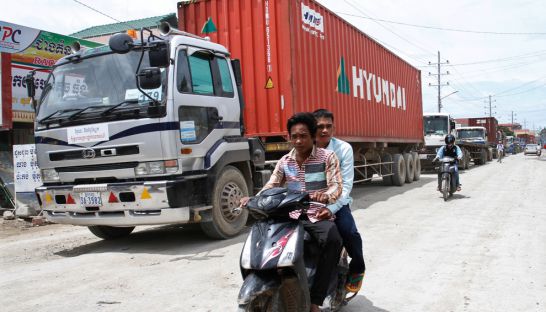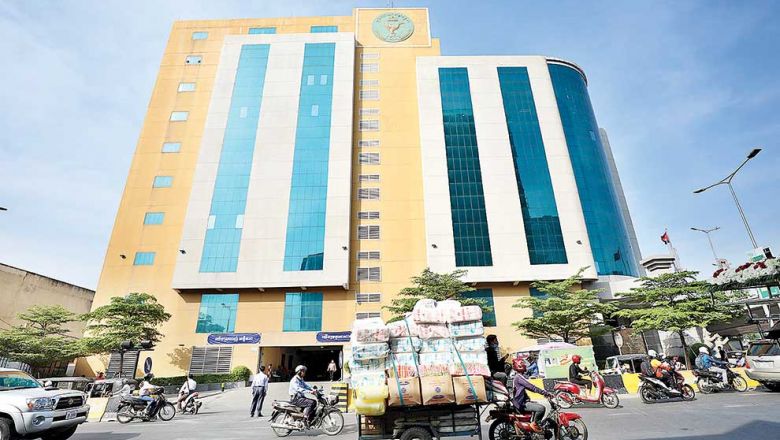Revised customs codes now in effect
Revised customs codes now in effect
The World Customs Organisation (WCO) has called on customs administrators worldwide to adopt its revised nomenclature of international trade goods, which entered into force on January 1. The Harmonised Commodity Description and Coding System, commonly referred to as the harmonised system (HS), comprises over 5,000 commodity groups, each identified by a six-digit code, that are used by almost every country as a basis for their national customs tariffs and to calculate international trade statistics.

The 2017 edition of the HS nomenclature consists of 5,386 subheadings, nearly 200 more than in the 2012 edition that it replaces. WCO secretary-general Kunio Mikuriya urged customs administrators to quickly adopt the revised HS nomenclature, which acts as a common language of international trade.
“Given the vital role this instrument plays in facilitating trade and in ensuring connectivity between trade actors, I would urge its speedy implementation by customs and by the public and private sectors worldwide,” Mikuriya said in a press release issued on Tuesday.
The amendments in the 2017 edition will help to increase the accuracy of customs tariff assessment and statistical trade data, but also to improve the monitoring and control of goods that have a social or environmental impact.
The majority of the changes in the new edition were prompted by the UN’s Food and Agriculture Organisation (FAO), and aim to enhance the coverage of various fish species and fishery product forms. It also focuses on forestry products to form a clearer picture on trade patterns, including trade in endangered species.
The WCO’s harmonised system was first adopted in 1983 and is updated about every five years. Cambodia has applied the system since 2002. Bou Bunnara, an official at the General Department of Customs and Excise (GDCE), said the department was already using the revised 2017 edition of the HS nomenclature at all Cambodian ports of entry.
“We are ready to apply this new version of customs code as we’ve prepared in advance for half a year already,” he said yesterday. According to Bunnara, the revised HS codes have increased the number of Cambodian tariff lines to a total of 10,839, from 9,574.
He said the amendments included new products finding their way across the Kingdom’s borders in the last five years, such as drones and LED lights. Kin Ly, head of the GDCE bureau in Sihanoukville Autonomous Port, said his office receives a revised list of tariff lines based on HS codes every year. While declining to speak specifically about the 2017 edition of the HS nomenclature, he said “we are ready to activate the new system”.
Apart from its benefits in facilitating multilateral trade and statistics collection, the WCO’s unified system of product classification has proven an effective tool in exposing illicit trade activities. Discrepancies in bilateral trade figures for HS-coded goods are often used to reveal the extent of trade misinvoicing and smuggling.
In one recent example, UN data showed 72.7 million tonnes of Cambodian sand worth $752 million entering Singapore from 2007 to 2015, compared to just 2.8 million tonnes worth $5 million, leading to allegations that millions of tonnes of sand had been smuggled out of Cambodia.
A senior Ministry of Mines and Energy (MME) official recently suggested the discrepancy could be the result of different uses of the HS-2505 classification for sand by the two countries. Meng Saktheara, a secretary of state at the MME, told the Post last month that Singapore could be including other products in this category that Cambodia is not, which could account for its grossly inflated import figures.
Environmental activists, however, are not buying the explanation, and have accused Cambodian government officials of trying to cover up wide-scale sand smuggling.














